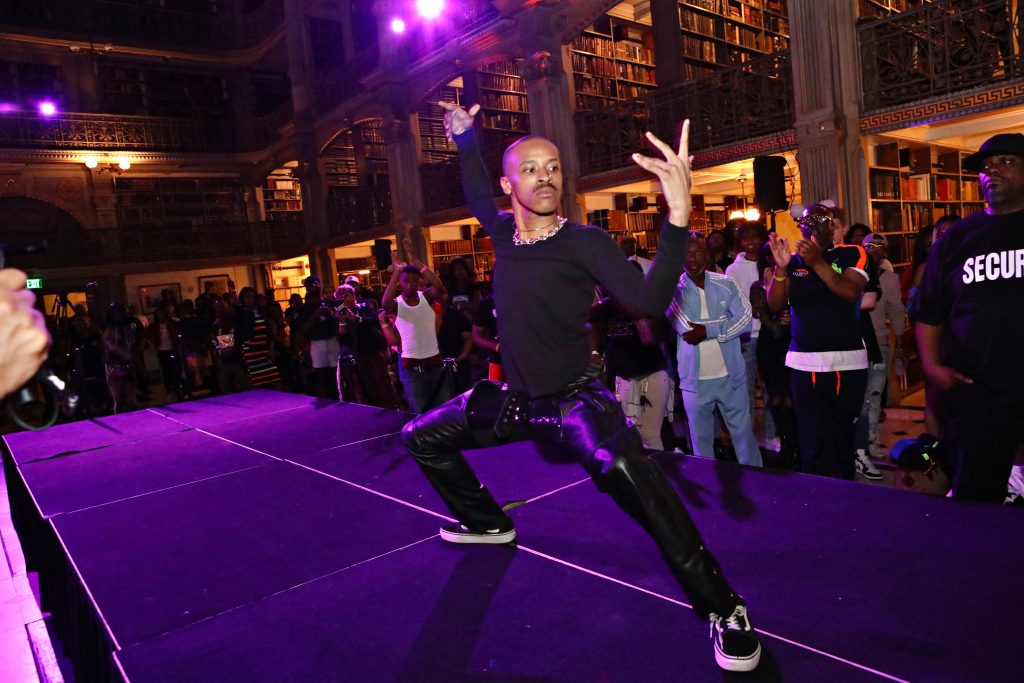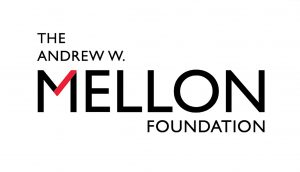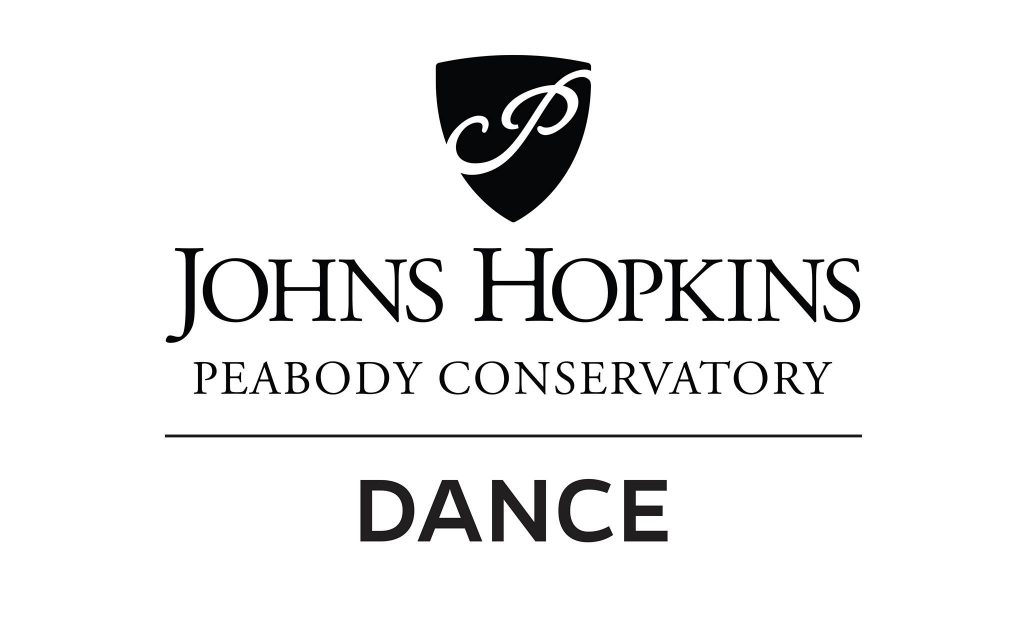The Peabody Ballroom Experience is an ongoing public humanities collaboration between Johns Hopkins University and Baltimore’s ballroom community, a performance-based arts culture comprising gay, lesbian, and transgender people of color. The project aims to cultivate an exchange of knowledge between JHU and ballroom by offering diverse opportunities for faculty, students, staff, and ballroom performers to come together as partners in education. More information about the project, directed by Dr. Joseph Plaster, is available at this blog post and this website. Photos are available at the project Instagram account.
This post, part two of three, highlights a selection of oral history interviews Dr. Plaster recorded with ballroom performers. The Sheridan Libraries is transcribing and archiving all interviews as part of its commitment to documenting significant aspects of Baltimore’s history. Below are oral history excerpts with four ballroom performers, paired with their photographs from the April 2019 Peabody ball. (For more, see blog posts on the Peabody ball and the Peabody BFA dance program.)
Oral histories with Baltimore’s ballroom community demonstrate that ballroom culture is a repository for knowledge and history. Sometimes called “house/ball culture,” ballroom culture consists of two primary features: anchoring family-like structures, called houses, and the competitive balls that they produce. At these events, ethnographer Marlon Bailey argues, competitors “use performance to create an alternative discursive terrain and a kinship structure that critiques and revises dominant notions of gender, sexuality, family, and community.”
Icon Sebastian Escada

“My name is Sebastian Escada. I’m an Icon from the house of Escada. I walk fashion categories including best dressed, foot and eyewear, labels, anything that has to do with fashion and ballroom. I’ve been in ballroom for 25 years. I’ve just been inducted into the hall of fame this past weekend and I first started walking balls in 1995.
I think there’s a misconception that ballroom, at the end of the day, is just for fun. That’s just a small piece of ballroom. I think ballroom helps to bring [together] people dealing with different crises in their lives. There are people in ballroom that may have been suicidal. There may have been people in ballroom who were homeless. But when they join these houses, 99 percent of the time, the leaders of the houses connect them with different things outside of ballroom that will help them along with having a productive life and a better lifestyle living outside of ballroom.
There are people in ballroom who are doctors. They have doctor’s degrees. They are sitting on boards of different organizations. They are doing extraordinary work in the community…. I think that ballroom helps to create a place where the youth that’s coming in definitely have a system or a vessel to get to a point where they can have any type of financial or any type of need they need, medical assistance, to help provide them with a better lifestyle.
If you are really doing what you’re supposed to do in ballroom, you should be doing those same things out of ballroom. That’s the purpose of ballroom: to give you growth and give you the confidence you need to go outside to have that job that you always wanted, to live that lifestyle you believe exists, to be the person you always believed you thought you were when nobody believed in you.”
Legendary Mother Monique West

“I’m the Legendary Mother Monique West. I currently walk fem queen realness, fem queen body, fem queen sex siren, and fem queen performance.
Fem queen performance is a transgender woman voguing through expression. How it started out is you’re telling a story. You’re bringing your personality to the floor in vogue. So you get to let people know what type of person you are. I found a way to express my inner femininity that nobody really knew about. It was the best feeling in the world because you get to really praise being feminine. You get to swing your hair. You got the nails, the bracelets. All the stuff that you enjoy about being a woman you get to bring to the floor and you’re praised for it.
When I first came [to ballroom], I was amazed. I was amazed because I had never ever seen transgender people before. You start to learn more about yourself, and things that you feel were impossible for you to do, you start seeing that it is possible. You weren’t the only one that felt this way as a child growing up. Ballroom is the reason why I found out who I was. Other than that, I wouldn’t have found out, because I would have never saw people like myself.
A gay mom is pretty much the same as a real mom. It’s just they have to nurture you for the gay ballroom scene, the same way you’re nurtured by your mom-mom that you’re birthed by in real life. So I can recall [my gay mother] teaching me safety methods, of how to be safe, just being gay in the city of Baltimore, telling me a persona that I had to keep up so I could get tens at the ball…I helped so many people out and I eventually became the [mother] who brought me into the scene. It passes down. That’s why I say in some kind of way we’re like one, big, large family.
What I like about [the Peabody Ballroom Experience] so much is that it’s gonna be documented. So years down the line you’ll be able to tell people, ‘If you want to learn about ballroom, you can go the Peabody Library and find out about it,’ and it’ll be here. It makes [ballroom history] just as important as everything else that’s in the library because it’s here. They wouldn’t want it here if it wasn’t of some type of importance. I think that’s a really, really big deal.”
Gray Mizrahi

“My name is Gray Mizrahi. I grew up in Baltimore City, Park Heights Avenue. I’m classically trained in dance, actually, like, ballet, tap, jazz, and I danced as a kid, so I can, like, pick up just about any dance.
[Vogue] is adaptation, like, for everyone. It’s not like something I can be like have a book: “How to Vogue.” No. No one teaches you anything. You pick it up. You adapt it. You kind of, like, soak it in. You have to look at people. Okay, this bitch is getting through; what is she doing that I’m not? So you look at her, first one who’s got their 10’s. And then you get that mental note, and you come back and you try to do a little something like that, but you put your own little twist on it, and then like, okay, we live for that. You get through. Yes, 10’s. And that’s the process of it all.
[Ballroom] gives you opportunities to express yourself artistically…. it gives you opportunities to push the boundaries of who you are. What you can do physically, what your mind can do mentally, it pushes you to a place of, like—’how did I just do that?’ Because I’ve seen people literally have broken legs and still be voguing down, and then after everything’s done they’re like, ‘Girl, you gotta take me to the hospital; I think I just broke something.’ It pushes you. It takes you somewhere past where you think you could go.
There’s more to a house than just competing at balls. It’s like a sense of a family, like a sense of a belonging somewhere in a way. ‘Cause I know for me personally I always lived with my mom and I always, you know, had places to go, but I know people who didn’t have anywhere to go and fell on hard times. And people in certain houses would reach out to them and help them and help them with their transitions and stuff like that. So it’s way more to a house than just voguing or runway. It’s way more to it. It’s very deep.
When the girls come in here and they see [the Peabody Library] all the way high up like that, it’s gonna give inspiration and it’s inspired by books and history and…yes, very Edwardian, very gothic. So it’s gonna be ovah….This is a grand scale. Ballroom is a grand scale. Ballroom is a lot to see. Like the looks is very over the top and the dance itself is very over the top and walking runway is very over the top. So this place is big. So it’s deserving of ballroom. Ballroom is deserving of it.”
Icon Lisa Revlon

“I’m Lisa Revlon. They call me an Icon. I’m from the Bronx. I was born in New York. We moved to Baltimore when I was in the fourth grade. From three on up, I just knew that I was different, so I’d been dealing with the inner me and wanting people to accept me for, first, being human.
The first time that I heard about ballroom, I was hanging out in the club scene with older people. Some take you underneath their wing ‘cause they actually see something, potential in you, and they wanna mold you into something and pass the knowledge and experience on to you, so you don’t make the same blunders and mistakes they did. So I took their advice and started going to a club in New York before my time….The Revlons had their first ball in Jersey, and the second ball, we had here in Baltimore at Club Fantasy, so in essence, I did bring all that madness to Baltimore.”
The positive thing for me for ballroom was the unity of the family. It was really family. Like, I can actually say it was definitely a family-based thing, and that was the beauty of it. We bed out. We cooked. We ate. We went to funerals together. [Ballroom] became my extended family. And I don’t wanna use the word ‘extended,’ because they are family. I’m thankful that I am a Revlon. I’m thankful for their friendships. I’m thankful for their relationships.”
Project director Joseph Plaster worked with a ballroom advisory board and Peabody Library curator Paul Espinosa. Advisory board members include Iconic Sebastian Escada; Legendary Mother Marco Blahnik of the House of Manolo Blahnik; Iconic Londyn Smith De Richelieu (Mother Miyake Mugler); Legendary Enrique St. Laurent; and Legendary Keith Ebony Holt, Father of The House of Ebony. Also offering invaluable guidance were George Ciscle, founder, MFA in Curatorial Practice; Curator-in-Residence at MICA; and Dr. madison moore, assistant professor of Gender, Sexuality and Women’s Studies, Virginia Commonwealth University.
Additional blog posts explore the April 2019 ball and our collaboration with the Peabody BFA Dance Program.



